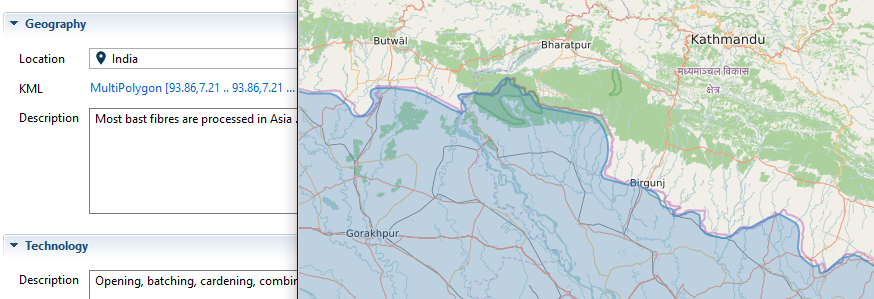

Improved comparability should help to strengthen knowledge-based decision-making. Transparency is increased through interpretation and reporting guidance. The presented guidelines should improve comparability of LCA studies through clear methodological guidance and predefined assumptions on feedstock and utilities. The guideline has been development in a collaborative process involving over 40 experts and builds upon existing LCA standards and guidelines. In this work, we therefore present a comprehensive guideline for LCA of CCU technologies. Applying LCA to CCU technologies leads to further specific methodological issues, e.g., due to the double role of CO 2 as emission and feedstock. The resulting LCA studies show large variability which limits their value for decision support. However, even though LCA is a standardized method, current LCA practice differs widely in methodological choices. These potential benefits need to be assessed by the holistic method of Life Cycle Assessment (LCA) that accounts for multiple environmental impact categories over the entire life cycle of products or services. 4Institute of Energy and Climate Research - Energy Systems Engineering (IEK-10), Forschungszentrum Jülich GmbH, Jülich, GermanyĬarbon Capture and Utilization (CCU) is an emerging field proposed for emissions mitigation and even negative emissions.

3Fraunhofer Institute for Solar Energy Systems (ISE), Freiburg, Germany.2Department of Technical Chemistry, Technische Universität Berlin, Berlin, Germany.1Institute for Technical Thermodynamics, RWTH Aachen University, Aachen, Germany.Leonard Jan Müller 1, Arne Kätelhön 1, Marvin Bachmann 1, Arno Zimmermann 2, André Sternberg 3 and André Bardow 1,4 *


 0 kommentar(er)
0 kommentar(er)
